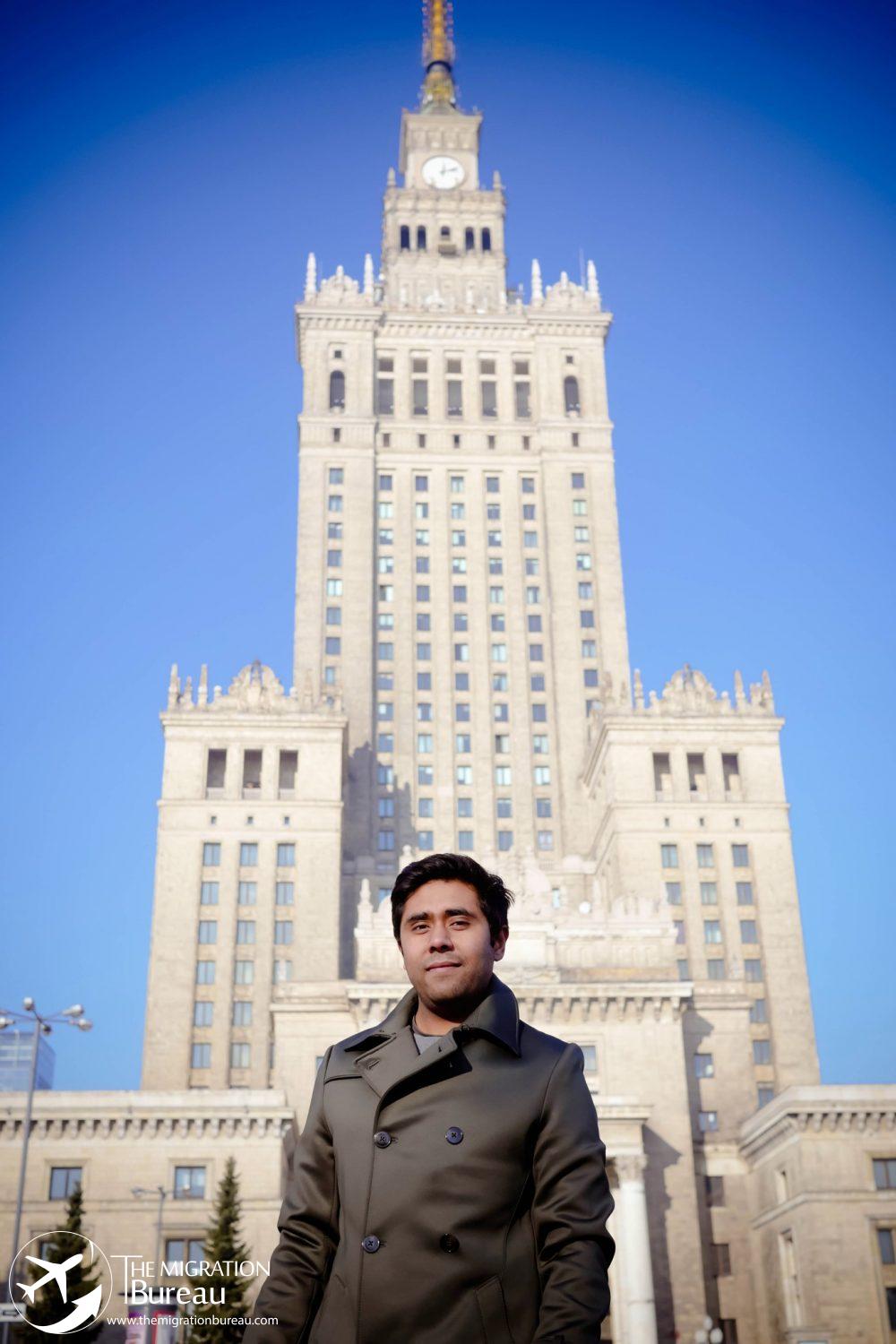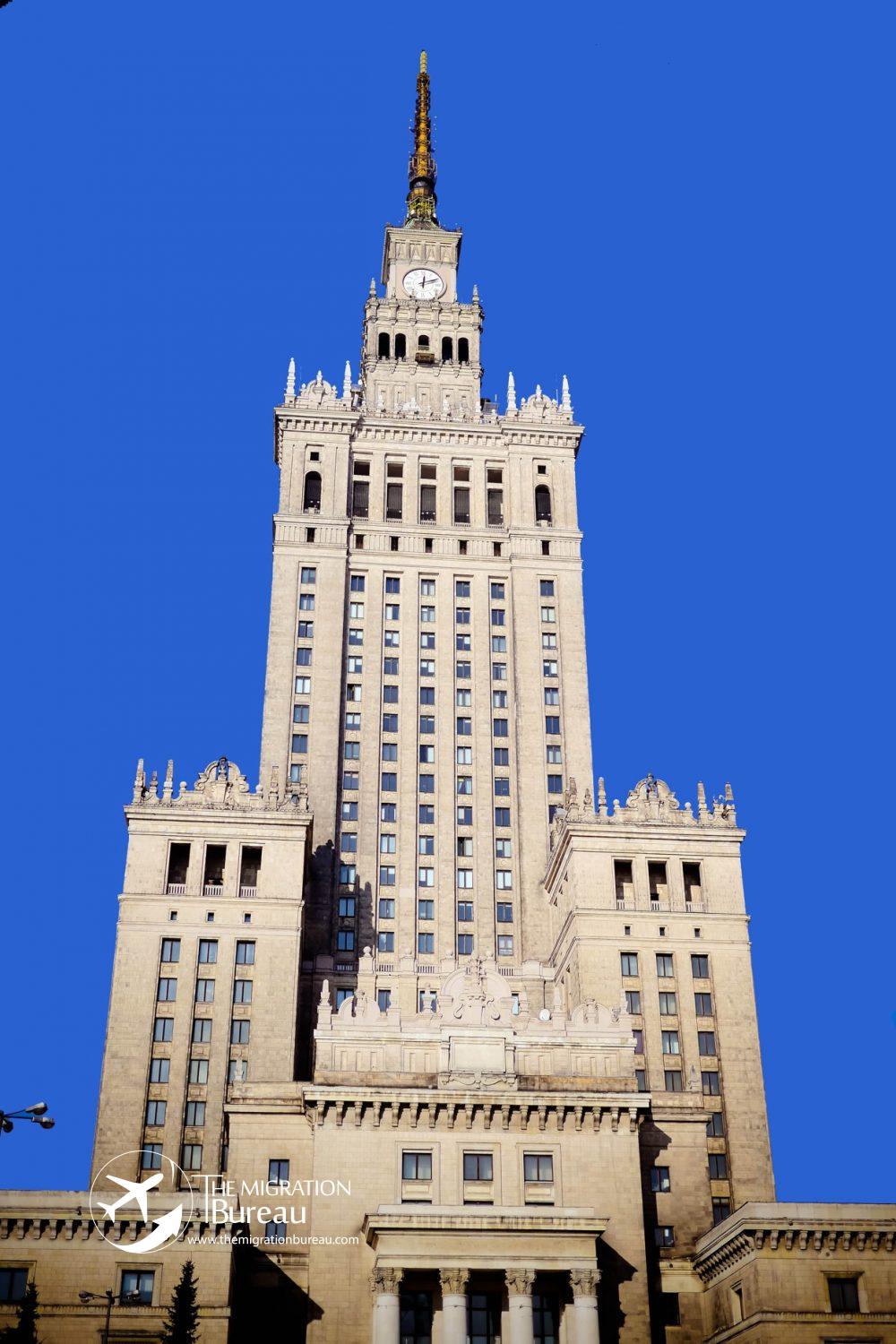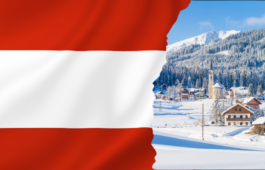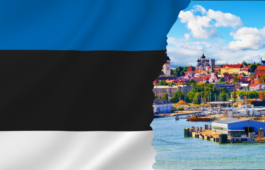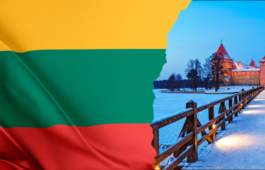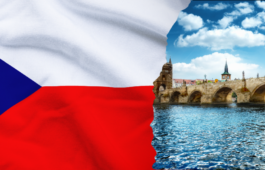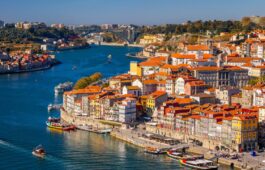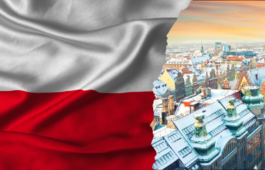- 13 February 2017
- The Migration Bureau
- No Comments
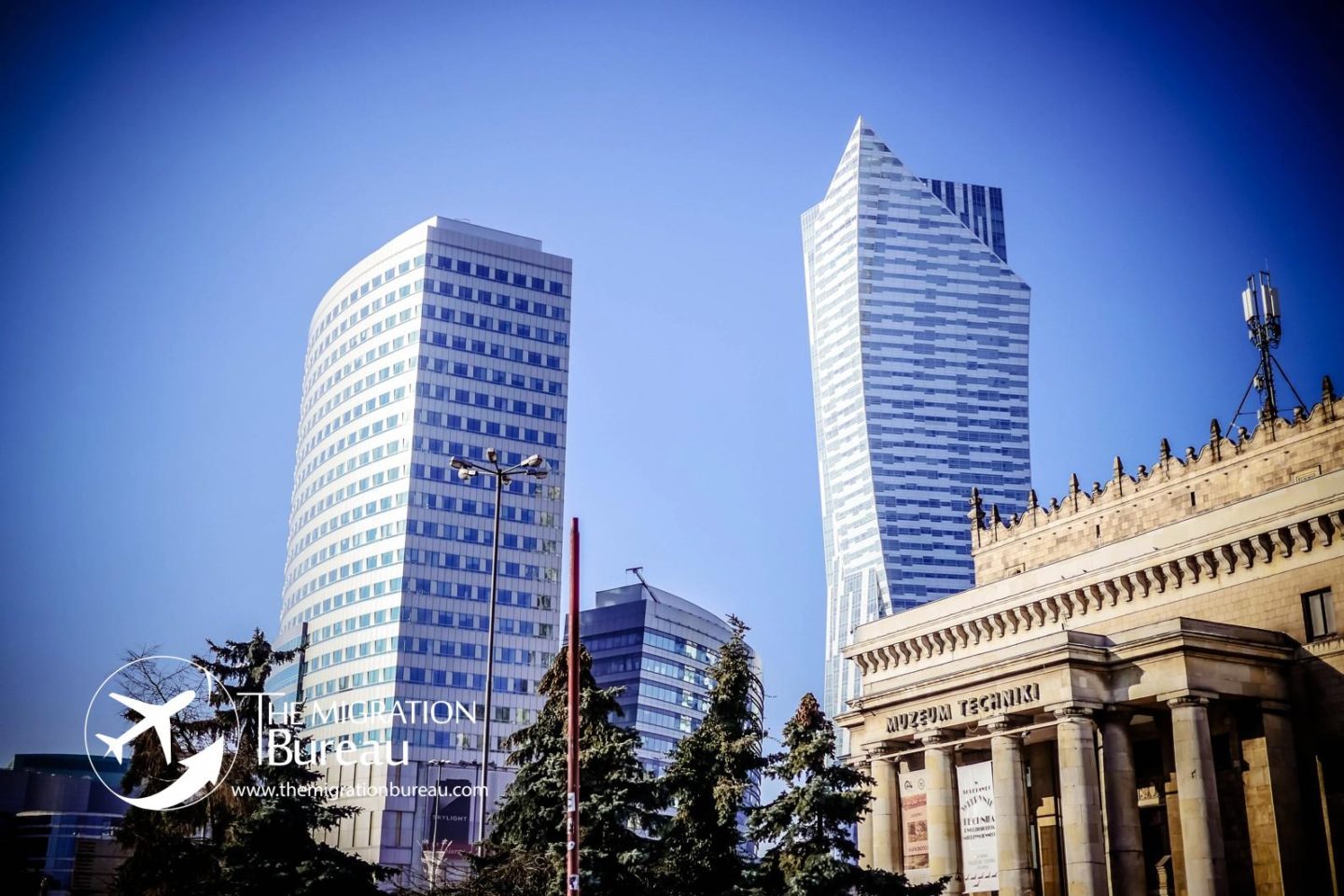
Warsaw – Capital City of Poland
Warsaw – Capital City of Poland
Warsaw, polish Warszawa, is the capital and the largest city of Poland. Warsaw lies in east-central Poland about 300 km (190 mi) from the Mountains on the south border and about 260 km from the Sea on north border.
Population reached almost 2 millions of residents, which makes Warsaw 9th most populous city in all of European Union.The city limits cover 516.9 square kilometres (199.6 sq mi)
According to legend, the city got its name from mermaid which lived in Vistula River- Sawa and fisherman named Wars. By joining both names of this couple Polish people created name for their main city- Warszawa ( Eng. Warsaw).
In 2012 the Economist Intelligence Unit ranked Warsaw as the 32nd most livable city in the world. It was also ranked as one of the most liveable cities in Central Europe. Today Warsaw is considered an “Alpha–” global city, a major international tourist destination and a significant cultural, political and economic hub. Warsaw’s economy, by a wide variety of industries, is characterised by FMCG manufacturing, metal processing, steel and electronic manufacturing and food processing. The city is a significant centre of research and development, BPO, ITO, as well as of the Polish Media industry. The Warsaw Stock Exchange is one of the largest and most important in Central and Eastern Europe. Frontex, the European Union Agency for external border security, has its headquarters in Warsaw. It has been said that Warsaw, together with Frankfurt, London, Paris and Barcelona is one of the cities with the highest number of skyscrapers in the European Union. Warsaw has also been called “Eastern Europe’s chic cultural capital with thriving art and club scenes and serious restaurants”.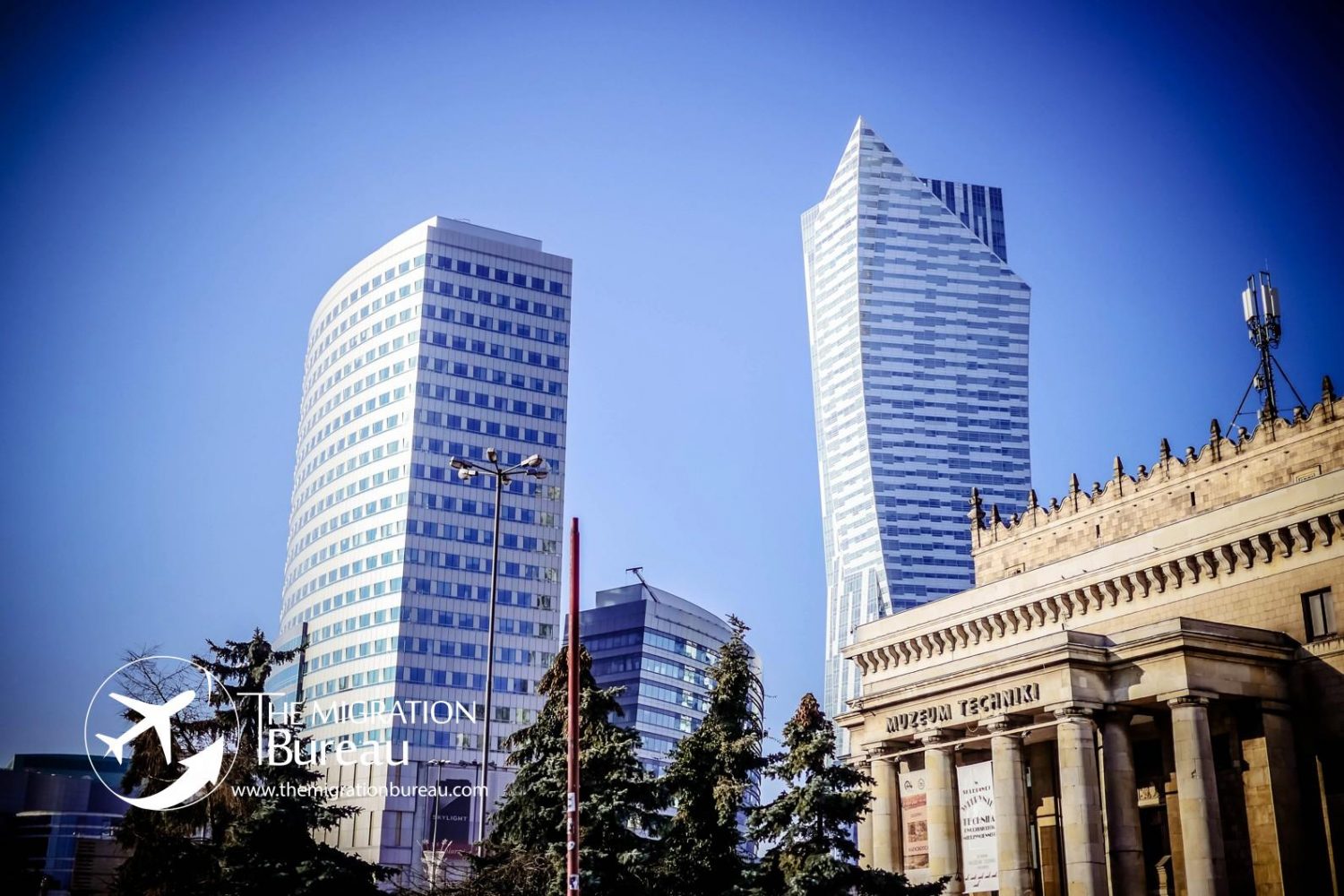
Warsaw gained the title of the “Phoenix City” because it has survived many wars, conflicts and invasions throughout its long history. Most notably, the city required painstaking rebuilding after the extensive damage it suffered in World War II, which destroyed 85% of its buildings. On 9 November 1940, the city was awarded Poland’s highest military decoration for heroism, the Virtuti Military, during the Siege of Warsaw. (1939)
The city is the seat of a Roman Catholic archdiocese (left bank of the Vistula) and diocese (right bank), and possesses various universities, most notably the Polish Academy of Sciences and the University of Warsaw, two opera houses, theatres, museums, libraries and monuments. The historic city-centre of Warsaw with its picturesque Old Town in 1980 was listed as a UNESCO World Heritage Site. Other main architectural attractions include the Castle Square with the Royal Castle and the iconic King Sigismund’s Cathedral, St. John’s Cathedral, Market Square, palaces, churches and mansions all displaying a richness of colour and architectural detail. Buildings represent examples of nearly every European architectural style and historical period. Warsaw provides many examples of architecture from the Gothic, Renaissance, baroque, neoclassical and modern periods, and around a quarter of the city is filled with luxurious parks and royal gardens.
So, when planning a trip to Europe don’t forget to Include Warsaw in your “Cities to visit List” as you won’t regret it!